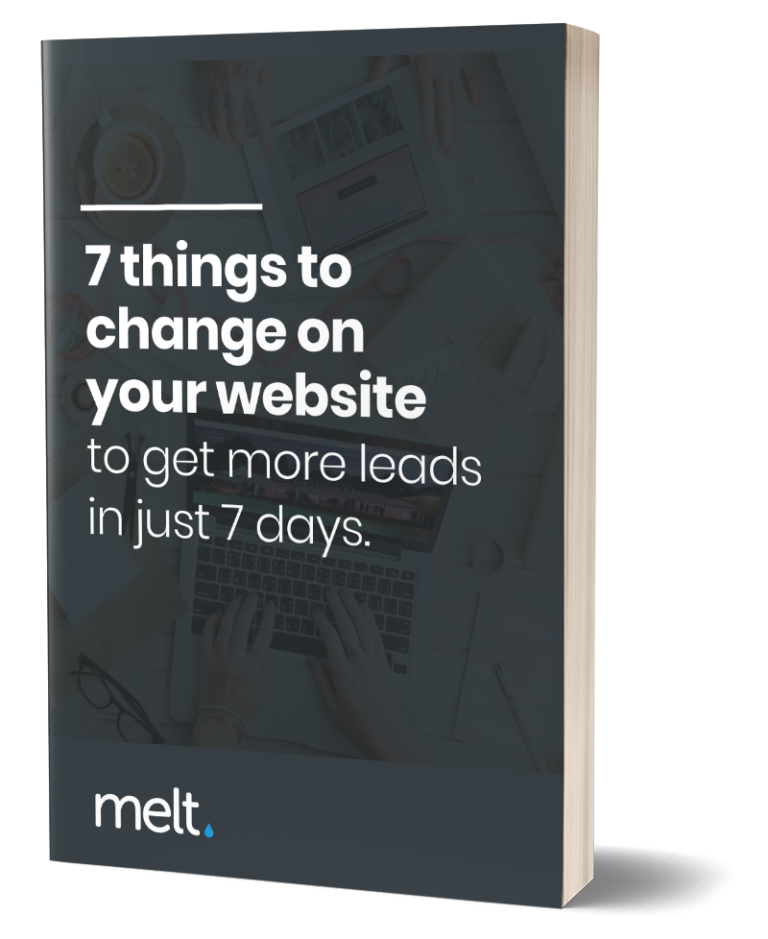In today’s digital era, a company’s website frequently acts as its online store, which can draw in, captivate, and transform visitors into dedicated clients. The website’s design is critical in this process, and comprehending the essential components that lead to a successful website is crucial.
Today, let’s dive into the essential aspects to consider when designing a website that turns clicks into cash.
1. User Experience (UX) is the Key
First and foremost, your website must provide a seamless, intuitive, and enjoyable experience for your users. A well-designed website should anticipate users’ needs and offer a logical, straightforward navigation system that allows them to find what they’re looking for without any hassle. This includes creating a responsive design that adapts to various screen sizes and devices, ensuring your website looks and functions optimally for all users.
Moreover, investing in high-quality, relevant content that provides value to your audience is essential. This not only helps to establish trust and credibility but can also improve your site’s search engine ranking.
2. Clear Call-to-Actions (CTAs)
A high-converting website needs clear, compelling call-to-action buttons that guide users towards desired actions, such as signing up for a newsletter, requesting a quote, or purchasing.
These CTAs should be strategically placed throughout your website, using contrasting colours and persuasive language to encourage users to act. You should limit the number of CTAs on each page, as too many options can lead to decision paralysis and negatively impact your conversion rate.
3. Establish Trust and Credibility
Before users are willing to part with their hard-earned money, they need to trust that your company is reliable and credible.
This can be achieved by incorporating social proof elements such as customer testimonials, case studies, and industry certifications into your website design.

Discover where your website is holding you back with a free, personalized audit report. Uncover what's keeping your site from reaching its full potential and start taking action today!
Additionally, displaying security badges and offering a secure, encrypted checkout process can help alleviate users’ concerns about sharing their personal information.
4. Optimise your Checkout Process
A complicated or lengthy checkout process is a surefire way to lose potential customers and hinder your website’s conversion rate. To ensure a smooth and efficient checkout process, consider implementing the following strategies:
- Offer guest checkout options, as forcing users to create an account can deter them from completing the purchase.
- Minimise the number of steps required to complete the checkout process.
- Display clear progress indicators to inform users about their position in the process.
- Offer multiple payment options to cater to users’ preferences.
- Provide clear and concise error messages when users encounter issues during checkout.
5. Utilise Analytics to Drive Continuous Improvement
It’s crucial to consistently monitor and analyse your website’s performance to identify areas for improvement.
By utilising tools such as Google Analytics, you can gain valuable insights into user behaviour, including bounce rates, conversion rates, and the effectiveness of your CTAs. This data can then be used to make informed decisions about optimising your website design and content.
6. Test and Refine Your Website
Finally, it’s important to continually test and refine your website to ensure that it is optimised for conversion. This may involve A/B testing different headlines, CTAs, or website layouts to determine which variations lead to higher conversion rates.
In addition, use tools such as Google Analytics to track visitor behaviour on your site and identify any issues preventing conversions. By continually monitoring and improving your website, you can maximise its potential to turn clicks into cash.
Conclusion
Designing a website that converts is an ongoing process that requires a deep understanding of your audience, a commitment to user experience, and a willingness to adapt and evolve.
But overall, turning clicks into sales requires an exceptional user experience, clear call-to-actions, trust-building elements, an optimised checkout process, and a commitment to continuous improvement through data analysis.
By focusing on these key aspects when designing your website, you’ll be well on your way to creating a high-converting digital presence that drives business growth and success.
If you’re looking for a reliable and creative design agency, we can help you. At MELT, we are a small team of creatives with over 30 years of combined experience. We can cover everything from web design and development and SEO to automated email marketing and powerful business systems. Contact us today to learn more and get started!

